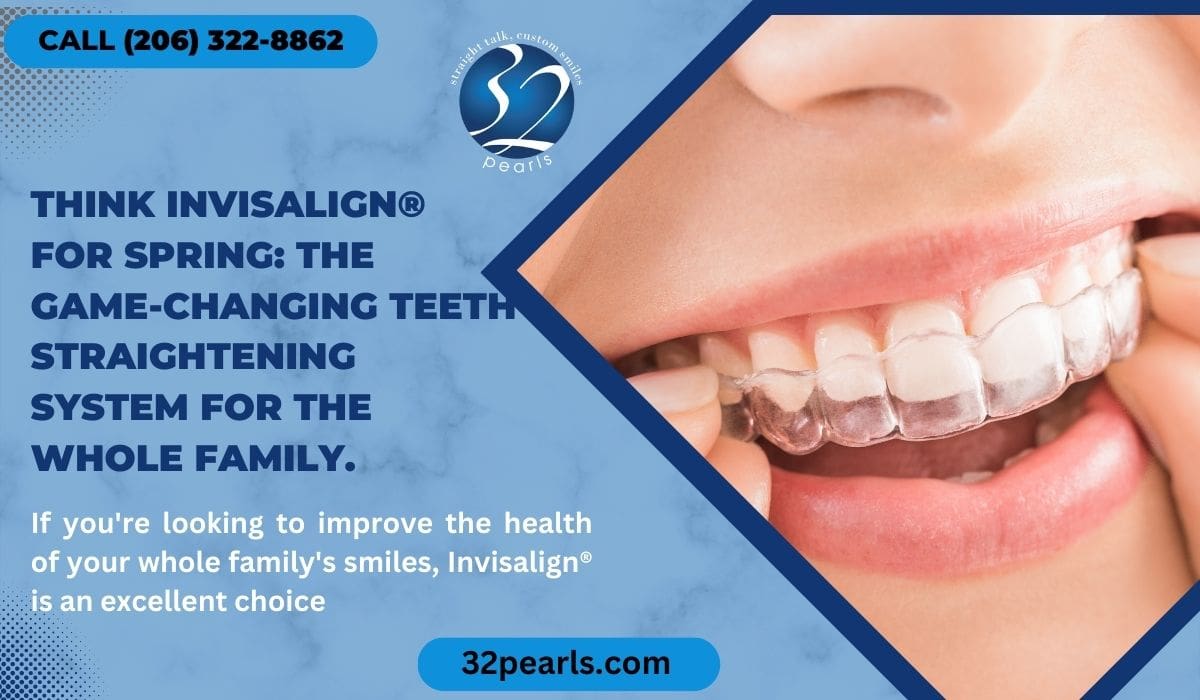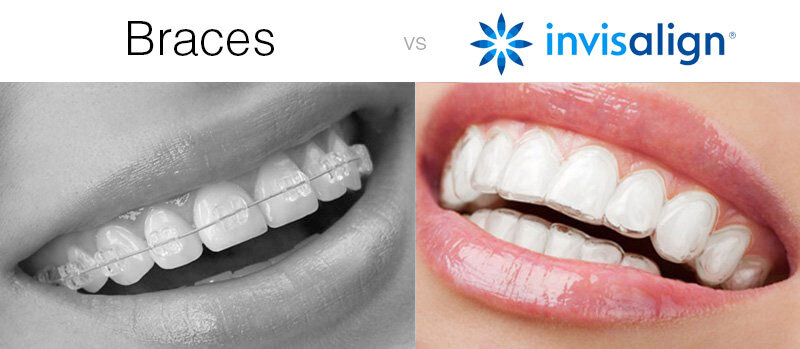What to Expect Throughout Your Invisalign Journey: A Comprehensive Review
Invisalign vs. Typical Braces: Which Alternative Is Right for You?
When taking into consideration orthodontic therapy, the choice in between Invisalign and conventional dental braces provides several vital factors that warrant cautious examination. Invisalign uses a discreet alternative with removable aligners, while conventional braces offer an extra noticeable yet reliable remedy for serious imbalance.
Summary of Therapy Options

On the other hand, typical dental braces consist of steel brackets and cables that are bound to the teeth. This technique applies continual stress gradually to accomplish positioning. While effective for complex orthodontic concerns, typical dental braces call for normal check outs for changes and can posture obstacles in maintaining oral health as a result of the trouble of cleaning up about cords and brackets.
Both choices have their qualities, and the selection frequently depends upon specific oral problems, lifestyle choices, and client conformity. Eventually, consulting an orthodontic expert is essential for establishing the most ideal therapy plan customized to individual requirements. Comprehending the nuances of each choice can substantially influence the general success of orthodontic therapy.
Aesthetic Factors To Consider
A considerable element influencing the choice between Invisalign and standard braces is the visual charm each treatment supplies. Invisalign aligners are crafted from clear plastic, making them practically undetectable when used.
In contrast, typical dental braces consist of steel braces and cords, which can be much more recognizable. While innovations in orthodontic modern technology have resulted in the advancement of smaller sized braces and colored elastics, conventional dental braces still keep a more conspicuous profile. For some individuals, the exposure of dental braces might deter them from seeking essential therapy.
Ultimately, the option between Invisalign and typical dental braces may rest on personal preferences relating to aesthetics. Clients that prioritize discretion frequently lean toward Invisalign, while those that are much less worried regarding exposure might choose traditional braces. Understanding the aesthetic ramifications of each alternative is critical for making an educated decision that straightens with one's way of life and preferences.
Convenience and Convenience

In regards to benefit, Invisalign aligners are detachable, making it possible for patients to enjoy their favored foods without constraint and preserve ideal oral try here health. Cleaning and flossing are streamlined, as the aligners can be obtained during these regimens, whereas traditional braces call for careful maneuvering around wires and brackets.
In addition, Invisalign's progressive system permits less orthodontic gos to. Clients usually receive multiple sets of aligners simultaneously, which can streamline the treatment procedure and lower time spent in the orthodontist's chair. On the other hand, traditional dental braces demand regular changes, making them less hassle-free for those with hectic routines. Invisalign. Generally, the convenience and comfort of Invisalign make it an appealing choice for several people seeking orthodontic therapy.
Treatment Period and Efficiency
While both Invisalign and conventional braces work in fixing oral misalignments, the period of therapy can vary dramatically in between both options. Usually, Invisalign treatment can take anywhere from 12 to 18 see this here months, depending upon the intricacy of the case. The clear aligners work by slowly changing teeth into their preferred positions, and normal follow-ups with an orthodontist assistance make sure development continues to be on the right track.
On the other hand, standard dental braces often call for a longer commitment, generally varying from 18 months to three years. This results from their fixed nature and using brackets and wires, which can be much more efficient for intricate instances and severe imbalances (Invisalign). The therapy effectiveness of standard braces is well-documented, as they permit specific changes and greater control over tooth motion
Ultimately, the option in between Invisalign and standard dental braces might rest on both the awaited treatment period and the specific dental problems available. Consulting with an orthodontist is crucial, as they can give tailored suggestions based upon individual requirements, making sure the picked approach aligns with desired durations and results.
Price Comparison and Insurance Coverage Choices
Cost plays a substantial duty in the decision-making process for people thinking about orthodontic therapy, whether deciding for Invisalign or standard braces. Typically, the cost of Invisalign varieties from $3,000 to $8,000, while conventional dental braces generally cost in between $2,000 and $6,000. Factors affecting these costs include the intricacy of the case, the duration of therapy, and geographical place.
Insurance coverage can dramatically impact out-of-pocket costs. Numerous oral insurance plans give partial protection for orthodontic therapies, however the specifics can differ commonly. It is essential for people to examine their insurance policies to establish the extent of protection for either option. Generally, traditional dental braces may be more often covered by insurance plans contrasted to Invisalign, which some insurers categorize as a cosmetic procedure.
Furthermore, several orthodontic practices supply adaptable payment strategies, making both therapy options much more obtainable. Patients need to make inquiries about potential funding alternatives and discount rates for in advance payments. Assessing the total price, consisting of insurance policy benefits and settlement plans, is vital for making a notified choice that aligns with both visual preferences and spending plan factors to consider.

Final Thought
In recap, the choice in between Invisalign and standard dental braces depends upon numerous aspects, consisting of aesthetic choices, comfort, treatment duration, and price. Invisalign uses see post a discreet, removable option that assists in dental hygiene and nutritional adaptability, while conventional dental braces may be better for complex dental problems and commonly come with a lower cost point. Inevitably, consultation with an orthodontist is vital to evaluate private circumstances and establish one of the most ideal therapy alternative for accomplishing optimum dental positioning.
When thinking about orthodontic treatment, the choice in between Invisalign and traditional dental braces presents numerous important elements that merit mindful examination.Comparing Invisalign and standard braces exposes unique treatment options for orthodontic improvement.While both Invisalign and conventional dental braces are efficient in dealing with oral misalignments, the duration of treatment can differ dramatically between the 2 choices.Cost plays a significant role in the decision-making procedure for people taking into consideration orthodontic treatment, whether deciding for Invisalign or traditional braces.In summary, the option between Invisalign and conventional dental braces pivots on numerous aspects, including visual preferences, convenience, therapy period, and cost.